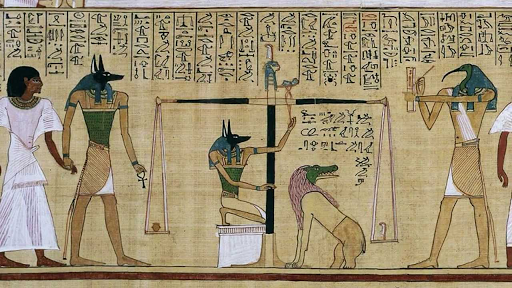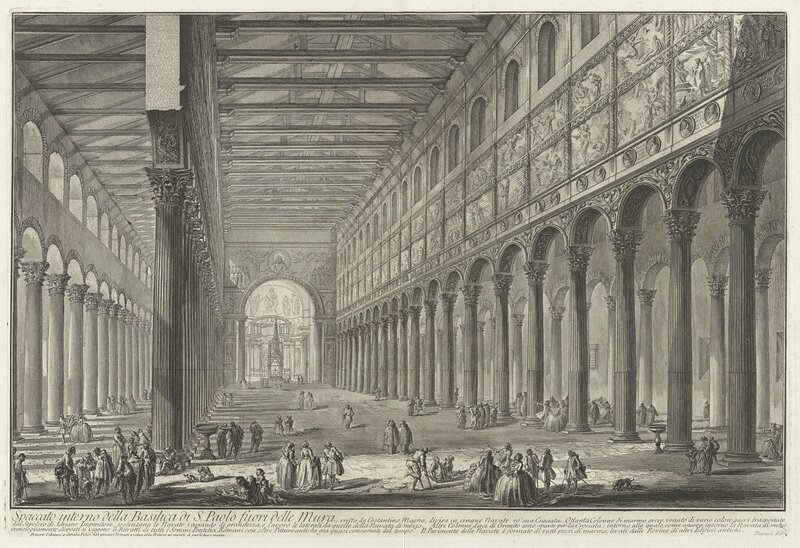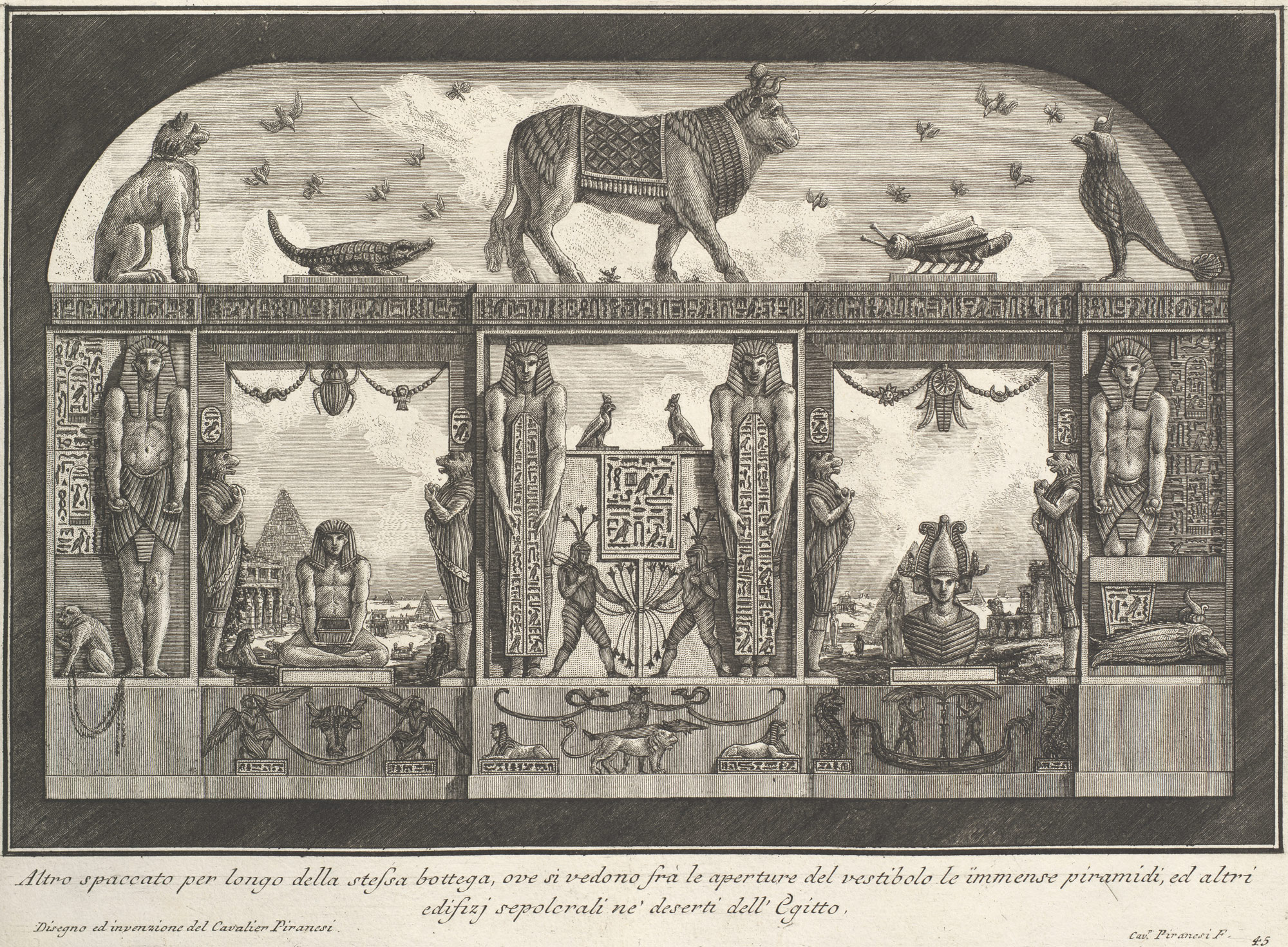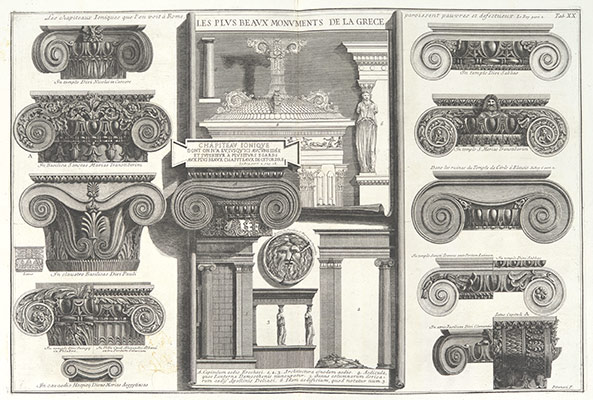Wednesday, 22 February 2017
board (f/a)
somethings work, something dont..... overall I've learned lots about putting together a work. I will finish it tomorrow and try to tie up everything to bring it together...
Also how to try to express an emotion without giving away the actual meaning. More than anything to just paint... So much fun! Would I do it different .... of course I would.
Tuesday, 21 February 2017
samuel palmer
Samuel Palmer - (27 January 1805 – 24 May 1881) was a British landscape painter, etcher and printmaker. He had little formal schooling or training in the art and crafts however, began to draw churches around the age of thirteen and first exhibited Turner-inspired works at the Royal Academy at the age of fourteen.
He was inspired first by J.M.W. Turner and then by William Blake. His work does give a sense of romanticism that depicts such life in an idealised manner.


After looking at 3 of his prints I cant help but notice how illustrative they are.....the depth and detail have a childlike mystery to them. Honestly the trees and landscape have such detail its hard to believe that detail like that could be etched.
I do like how the eye and composition take your eye through the image. The skies seem to have marks that bring movement or texture to them, bringing them into the image. The trees seem to keep it all grounded as the eye is led throught it all...


He was inspired first by J.M.W. Turner and then by William Blake. His work does give a sense of romanticism that depicts such life in an idealised manner.
| the lonely tower |
After looking at 3 of his prints I cant help but notice how illustrative they are.....the depth and detail have a childlike mystery to them. Honestly the trees and landscape have such detail its hard to believe that detail like that could be etched.
I do like how the eye and composition take your eye through the image. The skies seem to have marks that bring movement or texture to them, bringing them into the image. The trees seem to keep it all grounded as the eye is led throught it all...
Wednesday, 15 February 2017
fine art (f/a)
So today,14/02/17 I took a look at my board. Oh what to do........I want to make a connection with the past. My past, thee past and the relevance it has had on our history, but also on the now.
With the technological age, What is the importance of a artist?
Intention - The early years man did art for different reasons. either for record keeping, religious rituals( asking or thanking the gods for the animals and beasts they were hunting). To decorate or to give thanks too.
Imagine around 36,000 years ago, someone living in a time incomprehensibly different from ours began to make the first marks known to mankind. Not only were they starting to communicate the first ever forms of a language, they were also expressing the world that existed for them.

The hand prints are like prehistoric selfies! Made by blowing pigment which was a common feature in European Art.

I do love how exact the images are! I feel the same with the Egyptian Art, the geometrical sense of order, which does not take away the from viewing the objects for the natural and true likeness they still have with us today. While set rules did apply I feel the Egyptian style has a sort of harmony and grace about it. I like how the gods had strict appearances like the head of an animal (Horus-falcon, Anubis-jackal) and how the men were to be painted darker than the women. Seated statues with they hands placed on they knees....

I also like the way the view of the person is frontal but the head and feet are to the side view. I think it makes for an interesting viewpoint.
The Last Supper - this is a childhood memory of a younger self. I remember it was maybe at sunday school I was doing bible stories and the last supper was one of the first pictures that I first associated with REAL art.
That and the story of moses - Moses held out his staff and the Red Sea was parted by God. The Israelites walked on the exposed ground and crossed the sea, followed by the Egyptian army. Moses again moved his staff once the Israelites had crossed and the sea closed again, drowning the whole Egyptian army.
I did watch a film with the story in it not so long ago.... Can't remember what film now, but this gives me my next paragraph.
The Momuments Men - the film I watched about hoe during World War II, the Nazis stole countless pieces of art and hid them away. Some over-the-hill art scholars, historians, architects and other experts form a army unit were sent out to retrieve as many of the stolen masterpieces as possible.
I felt a truth in the line that was spoken by the actor Frank Stokes: You can wipe out an entire generation, you can burn their homes to the ground and somehow they'll still find their way back. But if you destroy their history, you destroy their achievements and it's as if they never existed."
This is for me enough on it own to say why an artist is important!
Memories on a flash drive don't have the same sense of loving and feeling you get when looking through a photo album. It is for me a sense of place, a sense of engaging and of feeling that an artist brings. I have found out so much about myself in doing this course. If you follow my blog while long winded, I wear my heart on my sleeve and say what I feel.. While I have been haunted by my past, I have also began to allow myself to engage with a part of me that I've never met. Somebody that is finding herself as well as connecting with other artist's. (dead or living) I think a picture does indeed say a thousand words, but they is nothing better than seeing it in all is glory. ( as it was intended )
Picasso and Bourgeois have for me been my biggest relevance to me through-out this brief.
Pablo Picasso with his arty periods and the way his life did indeed shape his art. With every new woman came a new style. To be able to paint love or lust or life is what I want to do. To try different mediums and bring your own self out in them. Tapping into myself and in doing that giving that special understanding to someone else....whether its connecting to the same feeling I've had or just making a viewer connect with something inside of them is why the artist is important. Its the unspoken sense that you just don't get viewing an image on a computer.........Plus the doing in itself is good for the artist.
Louise Bourgeois I connected with because she couldn't ever let go of her past. She used it all her life to create. Some may think its a torture and I guess in some ways it is! But for me it has let me get a better understanding of myself and others... But more importantly an understanding into forgiveness and the fact that its ok that things weren't great! Its ok to feel, as feeling in its self is a blessing. While love is something we all aim for, to be lucky enough to actually find it is great, but to lose it many people don't want to feel the hurt. The dull aching or heartbreak.......but it is in this time of hardship that if you allow it, then you can truly really feel, engage with and find so much more about yourself.... in a way it is a blessing...... now only to capture it!
I think while I've had a lot going on, For my fine art final it really is about my learning. From my beginnings to where I am now. If I had got to this stage earlier and had more time I think I would of made my finish less hurried and more accurate and exact. Like the gold stencil on the images for just one example. I think of my board final of an example mood board than a final.....However, the fact that we and art is ever changing and never still, always moving is like the changes I bring and take from my board over the last month.
Thats what I like about art. It has something for everyone and each image has a story behind it.
It is [hi]story - [my] story and well its in our homes. Life would never be the same without it.
Art is me and I'm my Art!
With the technological age, What is the importance of a artist?
Intention - The early years man did art for different reasons. either for record keeping, religious rituals( asking or thanking the gods for the animals and beasts they were hunting). To decorate or to give thanks too.
Imagine around 36,000 years ago, someone living in a time incomprehensibly different from ours began to make the first marks known to mankind. Not only were they starting to communicate the first ever forms of a language, they were also expressing the world that existed for them.
The hand prints are like prehistoric selfies! Made by blowing pigment which was a common feature in European Art.
I do love how exact the images are! I feel the same with the Egyptian Art, the geometrical sense of order, which does not take away the from viewing the objects for the natural and true likeness they still have with us today. While set rules did apply I feel the Egyptian style has a sort of harmony and grace about it. I like how the gods had strict appearances like the head of an animal (Horus-falcon, Anubis-jackal) and how the men were to be painted darker than the women. Seated statues with they hands placed on they knees....

I also like the way the view of the person is frontal but the head and feet are to the side view. I think it makes for an interesting viewpoint.
The Last Supper - this is a childhood memory of a younger self. I remember it was maybe at sunday school I was doing bible stories and the last supper was one of the first pictures that I first associated with REAL art.
| Leonardo da Vinci |
That and the story of moses - Moses held out his staff and the Red Sea was parted by God. The Israelites walked on the exposed ground and crossed the sea, followed by the Egyptian army. Moses again moved his staff once the Israelites had crossed and the sea closed again, drowning the whole Egyptian army.
 |
| The Crossing of the Red Sea" by Nicolas Poussin |
I did watch a film with the story in it not so long ago.... Can't remember what film now, but this gives me my next paragraph.
The Momuments Men - the film I watched about hoe during World War II, the Nazis stole countless pieces of art and hid them away. Some over-the-hill art scholars, historians, architects and other experts form a army unit were sent out to retrieve as many of the stolen masterpieces as possible.
I felt a truth in the line that was spoken by the actor Frank Stokes: You can wipe out an entire generation, you can burn their homes to the ground and somehow they'll still find their way back. But if you destroy their history, you destroy their achievements and it's as if they never existed."
This is for me enough on it own to say why an artist is important!
Memories on a flash drive don't have the same sense of loving and feeling you get when looking through a photo album. It is for me a sense of place, a sense of engaging and of feeling that an artist brings. I have found out so much about myself in doing this course. If you follow my blog while long winded, I wear my heart on my sleeve and say what I feel.. While I have been haunted by my past, I have also began to allow myself to engage with a part of me that I've never met. Somebody that is finding herself as well as connecting with other artist's. (dead or living) I think a picture does indeed say a thousand words, but they is nothing better than seeing it in all is glory. ( as it was intended )
Picasso and Bourgeois have for me been my biggest relevance to me through-out this brief.
Pablo Picasso with his arty periods and the way his life did indeed shape his art. With every new woman came a new style. To be able to paint love or lust or life is what I want to do. To try different mediums and bring your own self out in them. Tapping into myself and in doing that giving that special understanding to someone else....whether its connecting to the same feeling I've had or just making a viewer connect with something inside of them is why the artist is important. Its the unspoken sense that you just don't get viewing an image on a computer.........Plus the doing in itself is good for the artist.
Louise Bourgeois I connected with because she couldn't ever let go of her past. She used it all her life to create. Some may think its a torture and I guess in some ways it is! But for me it has let me get a better understanding of myself and others... But more importantly an understanding into forgiveness and the fact that its ok that things weren't great! Its ok to feel, as feeling in its self is a blessing. While love is something we all aim for, to be lucky enough to actually find it is great, but to lose it many people don't want to feel the hurt. The dull aching or heartbreak.......but it is in this time of hardship that if you allow it, then you can truly really feel, engage with and find so much more about yourself.... in a way it is a blessing...... now only to capture it!
I think while I've had a lot going on, For my fine art final it really is about my learning. From my beginnings to where I am now. If I had got to this stage earlier and had more time I think I would of made my finish less hurried and more accurate and exact. Like the gold stencil on the images for just one example. I think of my board final of an example mood board than a final.....However, the fact that we and art is ever changing and never still, always moving is like the changes I bring and take from my board over the last month.
Thats what I like about art. It has something for everyone and each image has a story behind it.
It is [hi]story - [my] story and well its in our homes. Life would never be the same without it.
Art is me and I'm my Art!
Saturday, 4 February 2017
Giovanni Battista Piranesi (1720–1778)
Giovanni Battista Piranesi (1720–1778)
What can I say about these prints! I'm actually feeling rather jealous of the talent of this man. The words to describe the works are many. the details and fine lines and the perspective are something else. To think that all of these happened in the 18th century does indeed confirm to my own mind that I was born in the wrong time. I've felt this way many a time and its usual when I have a powerful admiration of a work or subject.
Interior view of the Pantheon

This is one print I can identify with as I myself have stood at this very entrance.. Unable to enter because of a service taking place I was also left peering inside. However This etching gives some much more detail than any photo could of gave. The scale of the interior does seem to me to be exaggerated against the men in the foreground. I'm not sure if this was true or not but if does emphasise the large scale of the building and give a real sense of the place. The way the artist has given us different viewing direction in and around the building, from the darken foreground. to the light coming in through the roof. I feel a shadow hasnt been missed and every detail does indeed seem to of been thought of.
Upon reading a little of Piranesi (which I dont normally do) I learned that he was brought up into a family of stone masons and architects. Learning from a young age, he later went on to work under Giuseppe Vasi who was also a great and established engraver, cartographer and writer. Vasi introduced Piranesi to the art of etching and engraving of the city and its monuments. However, Vasi soon found Piranesi's talent was beyond engraving and said that he was to much of a painter than an engraver.

From what I take of this artist is that knowing your medium and strengths is what is important.
Did he have a natural ability to drawing and see? Was it something he learnt to perfect from a young age till his last days? To think I can hardly draw a bloody cube right tells me I'm not doing enough.
The prisons were another example of his work with a series of 16 prints produced in first and second states that show enormous subterranean vaults with stairs and mighty machines. A Surrealist style they do seem eerie and of eccentric appearance.



I think for someone with a natural ability to draw with ease, these images would of gave a great freedom to the artist. I do like how they do look like pencil drawing here. Getting a great sense of scale and light again. The forms aren't really that detailed and I guess that our mind is happy to make up the image in a finished example by piecing together the whole of the imagery. If that makes sense?
I do like the energy and feeling of a lot happening in the etchings. From the stillness of the roman architectural etchings these seem different. Like an actual 'ART' image rather than a source of reference.
Piranesi did work on other subjects as well as in the city of Rome... His interests also lay with designs in the Etruscan, Greek, Roman, and even Rococo styles,



What can I say about these prints! I'm actually feeling rather jealous of the talent of this man. The words to describe the works are many. the details and fine lines and the perspective are something else. To think that all of these happened in the 18th century does indeed confirm to my own mind that I was born in the wrong time. I've felt this way many a time and its usual when I have a powerful admiration of a work or subject.
Interior view of the Pantheon

This is one print I can identify with as I myself have stood at this very entrance.. Unable to enter because of a service taking place I was also left peering inside. However This etching gives some much more detail than any photo could of gave. The scale of the interior does seem to me to be exaggerated against the men in the foreground. I'm not sure if this was true or not but if does emphasise the large scale of the building and give a real sense of the place. The way the artist has given us different viewing direction in and around the building, from the darken foreground. to the light coming in through the roof. I feel a shadow hasnt been missed and every detail does indeed seem to of been thought of.
Upon reading a little of Piranesi (which I dont normally do) I learned that he was brought up into a family of stone masons and architects. Learning from a young age, he later went on to work under Giuseppe Vasi who was also a great and established engraver, cartographer and writer. Vasi introduced Piranesi to the art of etching and engraving of the city and its monuments. However, Vasi soon found Piranesi's talent was beyond engraving and said that he was to much of a painter than an engraver.
| Interior of The Basilica of S. Maria |

From what I take of this artist is that knowing your medium and strengths is what is important.
Did he have a natural ability to drawing and see? Was it something he learnt to perfect from a young age till his last days? To think I can hardly draw a bloody cube right tells me I'm not doing enough.
The prisons were another example of his work with a series of 16 prints produced in first and second states that show enormous subterranean vaults with stairs and mighty machines. A Surrealist style they do seem eerie and of eccentric appearance.



I think for someone with a natural ability to draw with ease, these images would of gave a great freedom to the artist. I do like how they do look like pencil drawing here. Getting a great sense of scale and light again. The forms aren't really that detailed and I guess that our mind is happy to make up the image in a finished example by piecing together the whole of the imagery. If that makes sense?
I do like the energy and feeling of a lot happening in the etchings. From the stillness of the roman architectural etchings these seem different. Like an actual 'ART' image rather than a source of reference.
Piranesi did work on other subjects as well as in the city of Rome... His interests also lay with designs in the Etruscan, Greek, Roman, and even Rococo styles,
 |
| Various Roman Ionic capitals compared with Greek examples from Le Roy |



Subscribe to:
Comments (Atom)






























